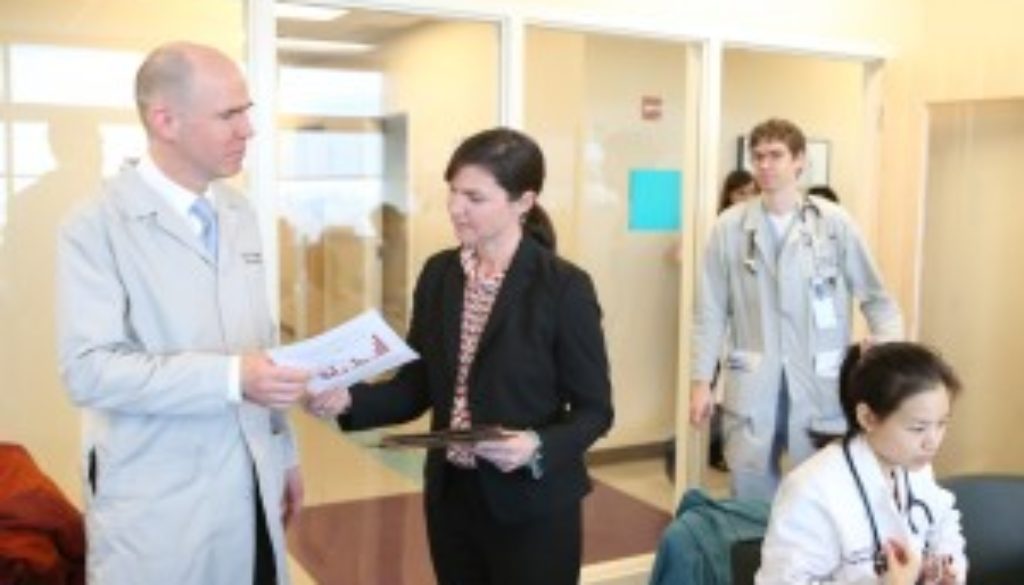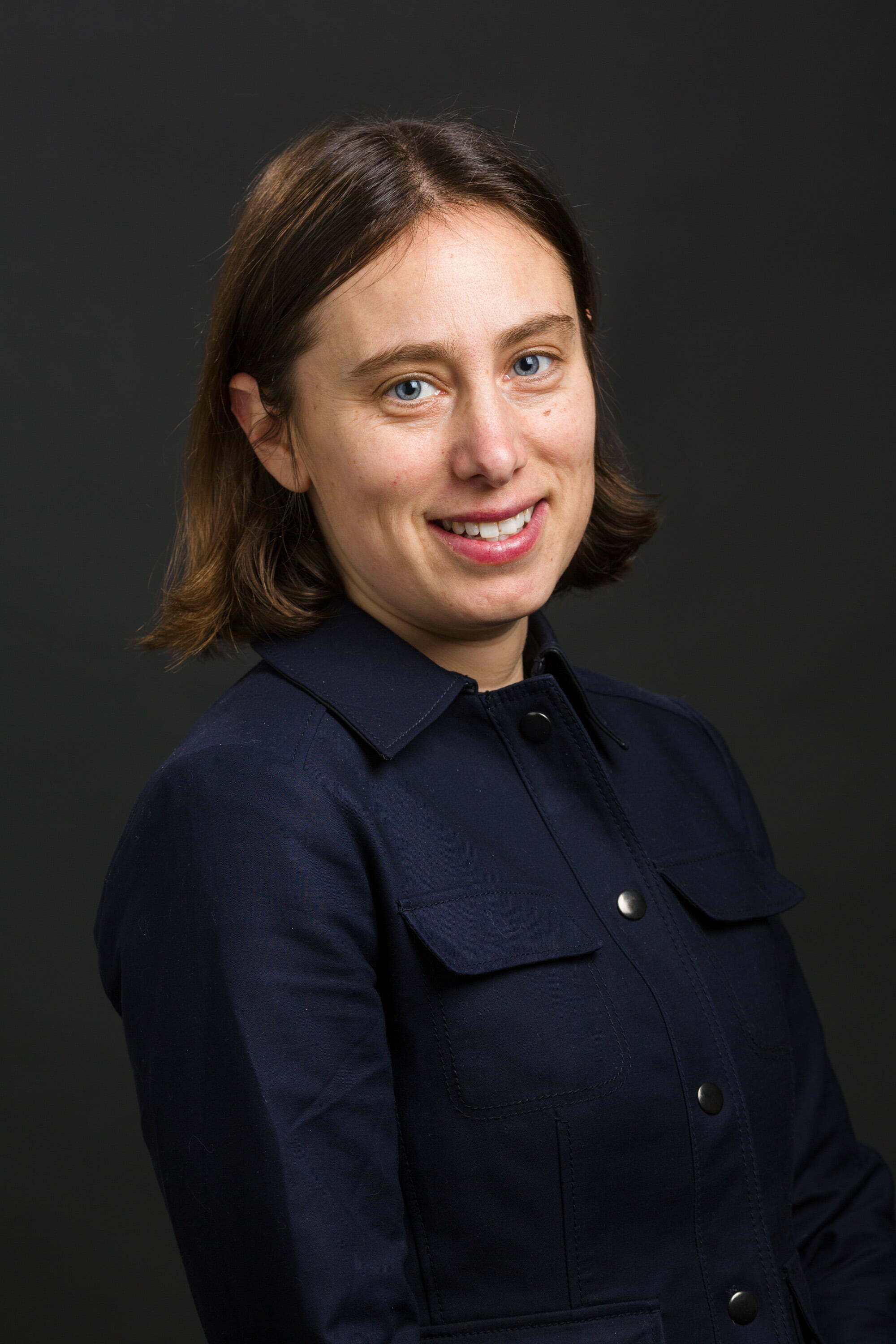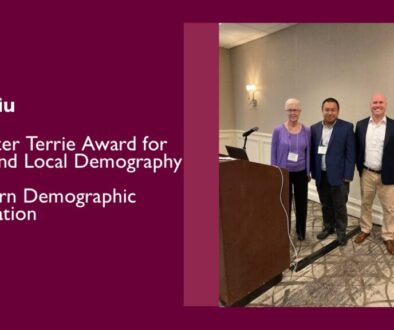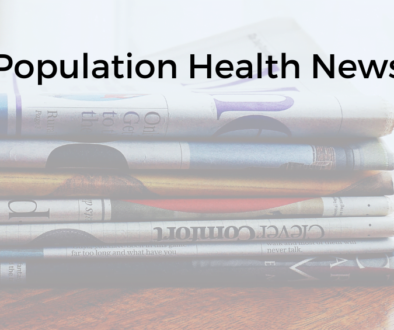Interdisciplinary Program Spotlight: Medical-Legal Partnerships Bring Health Justice
Danya KeeneMedical-legal partnerships (MLPs) combine health and legal services at a single site to address a range of social determinants of health. There are over 300 MLPs in hospitals and health centers in 41 states. The universal model has even been replicated in Australia and Canada. This innovative interprofessional partnership model represents a unique opportunity to address health inequality and improve population health, while also advancing a culture of health.
In this blog, Danya Keene interviews Emily Benfer, a Senior Fellow and Distinguished Visiting Scholar at Yale Law School’s Solomon Center for Health Law and Policy, to learn about MLPs and the award-winning Health Justice Project, which Benfer founded and directed. Health Justice Project is a medical-legal partnership with Erie Family Health Center, Legal Assistance Foundation Chicago (LAF), and Loyola University Chicago.
Can you tell us a little bit about your experiences with the Health Justice Project?
My experience in the Health Justice Project was defined by collaboration, transformation, innovation, and social change.
Collaboration & Transformation. In the MLP model, professionals with diverse perspectives collaborate to holistically address the social determinants of poor health that burden low-income patients. By integrating lawyers into the healthcare team and clinical setting, MLP promotes a transformation of clinical practice and a culture of health.
The results of collaboration are immediate and extraordinary. In the first few years of the Health Justice Project, we prevented family homelessness, recouped $57,000 in housing and utility expenses for patients, and supported impact litigation to seal eviction court records. Ultimately, for the 3,600 Erie Family Health Center patients referred for legal care, MLP meant avoiding poor health outcomes linked to substandard housing conditions; keeping a family together after a successful immigration application; gaining additional income, food, or cash benefits; and other lasting outcomes that result in safer environments and healthier, happier lives.

In 2016 alone, MLPs nationwide assisted over 75,000 patients and resolved legal issues impeding their health. MLPs trained over 11,000 health care providers to better understand and screen patients for health-harming social needs that could benefit from legal intervention. According to the National Center for Medical Legal Partnership, the most common MLP impacts on patients, as observed by clinicians include improved access to housing and utility needs (82%), reduced stress (79%), improved access to personal and family stability needs (73%), and improved access to education and employment needs (53%). In addition to improved health outcomes, MLP results in less money spent on health care services, less frequent hospital admissions among people with chronic illnesses, and more frequent reimbursements by public and private payers for clinical services.
Innovation & Social Change. In addition to direct representation of individual patients, MLP partners also engage in upstream advocacy to improve the health of the community at large. In a fully integrated MLP, partners embrace medicine as a vehicle of social justice and law as an instrument of health. The MLP model allows for a team-based approach to social change and identifies systemic issues that result in poor health outcomes for all members of the community. In the Health Justice Project, providers and lawyers advocated for improved policies related to homelessness prevention, healthy homes, and lead poisoning prevention, among other issues.
Can you describe a success story of the Health Justice Project’s work to address these systemic issues and their impact on population health?
In 2014, Erie medical provider Martha Glynn diagnosed Lanice Walker’s children with lead poisoning, and immediately engaged the legal team. Ms. Walker’s entire family was exposed to lead hazards and suffered permanent harm because of antiquated federal policies and standards that contravene the prevailing science. When we learned that as many as 2.5 million households with children, largely in communities of color, were at risk of lead poisoning in federally assisted housing, a united team of medical and legal partners spearheaded a national policy campaign. In collaboration with the Sargent Shriver National Center on Poverty Law and Green and Healthy Homes Initiative, we convened a coalition of national nonprofits and experts from public health, medical, scientific, and legal fields to petition the federal government under the Administrative Procedure Act. As a result, HUD aligned the definition of lead poisoning with CDC standards in January 2017.

To this day, before any meaningful inspection is conducted, children in tenant-based rental assistance programs must show rising blood lead levels.To correct this dangerous policy, Senators Durbin (D-IL), Scott (R-SC), Mendez (D-NJ), Young (R-IN), and Portman (R-OH) among others, recently sponsored the bipartisan Lead Safe Housing for Kids Act of 2017. If the bill passes, lead poisoning caused by the living environment in federally assisted rental housing will be dramatically reduced, if not eliminated.
Can you share with us other successful MLP models that may operate differently from the Health Justice Project?
Every MLP is unique and responsive to the needs of patients. With the specialized population approach, providers and legal advocates determined that many health problems and civil legal needs are best addressed through targeted, robust interventions by attorneys and providers who understand the nuanced issues of the distinct population. For example, at Yale Law School’s Solomon Center for Health Law and Policy, law students are supervised by Sharon Pope and other attorneys affiliated with New Haven Legal Assistance Association (NHLAA) to provide legal services—such as guardianship, advanced health care directives, and real-estate transactions—to palliative care and cancer patients.
The NHLAA also supervises law students providing tailored services to the immigrant patient population at the HAVEN health clinic and to recently released prisoners participating in the Transitions Clinic MLP. In contrast, law students in the Center for Children’s Advocacy Medical-Legal Partnership Project support MLP attorney Alice Rosenthal to address the legal issues affecting pediatric health at Yale-New Haven Hospital. Finally, law students assist veterans served by Connecticut Veterans Legal Center’s MLP with the VA Connecticut’s Errera Community Care Center. A detailed description of the needs of these populations and specialized population MLPs is available in my co-authored article, available in spring 2018.
What is on the horizon for the MLP movement?
As the MLP movement continues to grow, I think we will see 1) an increase in provider incentives for MLP participation, 2) expanded interprofessional collaboration and advocacy that begins to focus on the community as the patient, and 3) targeted quantitative and qualitative research on the effect and nature of MLP.
With the shift to value-based care that emphasizes population health strategies, the healthcare field is increasingly embracing integrated, coordinated, preventative approaches, such as MLP. For example, MLP is increasingly used to decrease medical costs in ACOs and meet the Community Health Needs Assessment and community benefit requirement in order to retain tax-exempt status in nonprofit hospitals. In 2014, the Health Resources and Services Administration recognized civil legal aid as an “enabling service,” which allows health centers to use federal funds to pay for on-site legal services. The federal Substance Abuse and Mental Health Services Administration and the Veterans Administration encourage the use of MLP to meet patient needs. Most recently, CMS issued the 2017 final MACRA rules that include “screening for health harming legal needs” as an improvement activity under Medicare’s Merit-based Incentive Payment System. As MLP grows in recognition as an instrument of population health, we should see additional provider and healthcare institution incentives.
As MLPs grow, they can eliminate the social determinants of poor health plaguing the community. For example, an MLP focused on the community as a patient could improve the physical and social environments that create barriers to health. In fact, the ACA required $15 billion in mandatory spending under the Prevention and Public Health Fund that would support this type of transformative activity. This type of primary prevention will require MLPs to partner with public health practitioners, educators, community organizers, faith-based groups, and members of the community.
These measures will be possible only with increased empirical evidence about the MLP model and its ability to meet the needs of vulnerable, marginalized, or low-income populations. Foundations and research institutions are building the evidence base for MLP as an effective policy and practice for improving community health. For example, the Association of American Medical College awarded grants to evaluate the effect of MLP on (1) patient and community health; (2) cost savings, institutional benefits, and efficiencies; and (3) student, resident, and/or fellow educational outcomes. The Robert Wood Johnson Foundation and other major funders have invested in research on the impact of MLP. To date, most MLP research includes case studies or is quasi-experimental in nature, leaving the field ripe for rigorous empirical examination.
Ultimately, unless the social determinants of poor health can be addressed on a broad scale, low-income and specialized populations will continue to have ongoing clinical and legal needs. This makes the development and replication of the MLP model vital to improving the health of the community and an intervention worth expanding upon in the future.
Emily A. Benfer is a Visiting Distinguished Scholar and Senior Fellow at Yale Law School Solomon Center for Health Law & Policy. She is a well-known authority in the fields of health justice and medical-legal partnership, and co-principal of Health Justice Innovations, LLC. Professor Benfer’s full bio is available at www.emilybenfer.com and you can follow her on Twitter @emilyabenfer.






All comments will be reviewed and posted if substantive and of general interest to IAPHS readers.